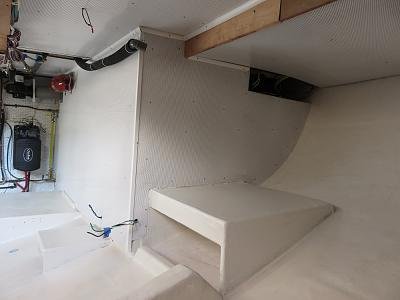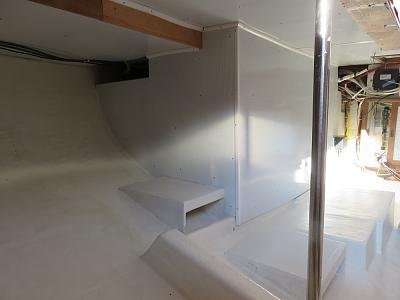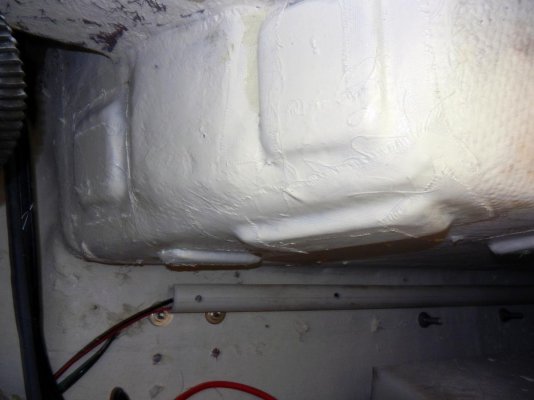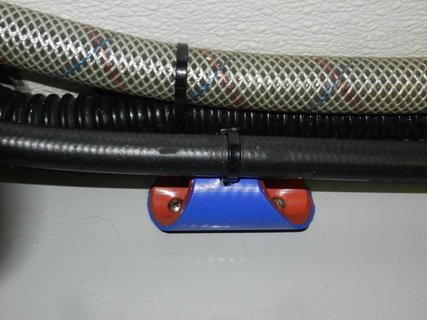Arthurc
Guru
I am in the process of planning out my water maker install and need to install some mounts in the engine room for the motor and filters. Since my hull is cored I assume the proper thing to do is to use wood epoxied to the current hull but could use some specifics. I have West System epoxy, the engine room paint is old in the area I want to mount it, any specific cleaning instructions?
Also any specific woods better than the other? I was thinking something with a bit more density would be important. Once epoxied I was going to hit it with a coat or two of bilgecoat paint.
I might have the wrong idea or process here so advice appreciated.
Thanks
Arthur
Also any specific woods better than the other? I was thinking something with a bit more density would be important. Once epoxied I was going to hit it with a coat or two of bilgecoat paint.
I might have the wrong idea or process here so advice appreciated.
Thanks
Arthur






